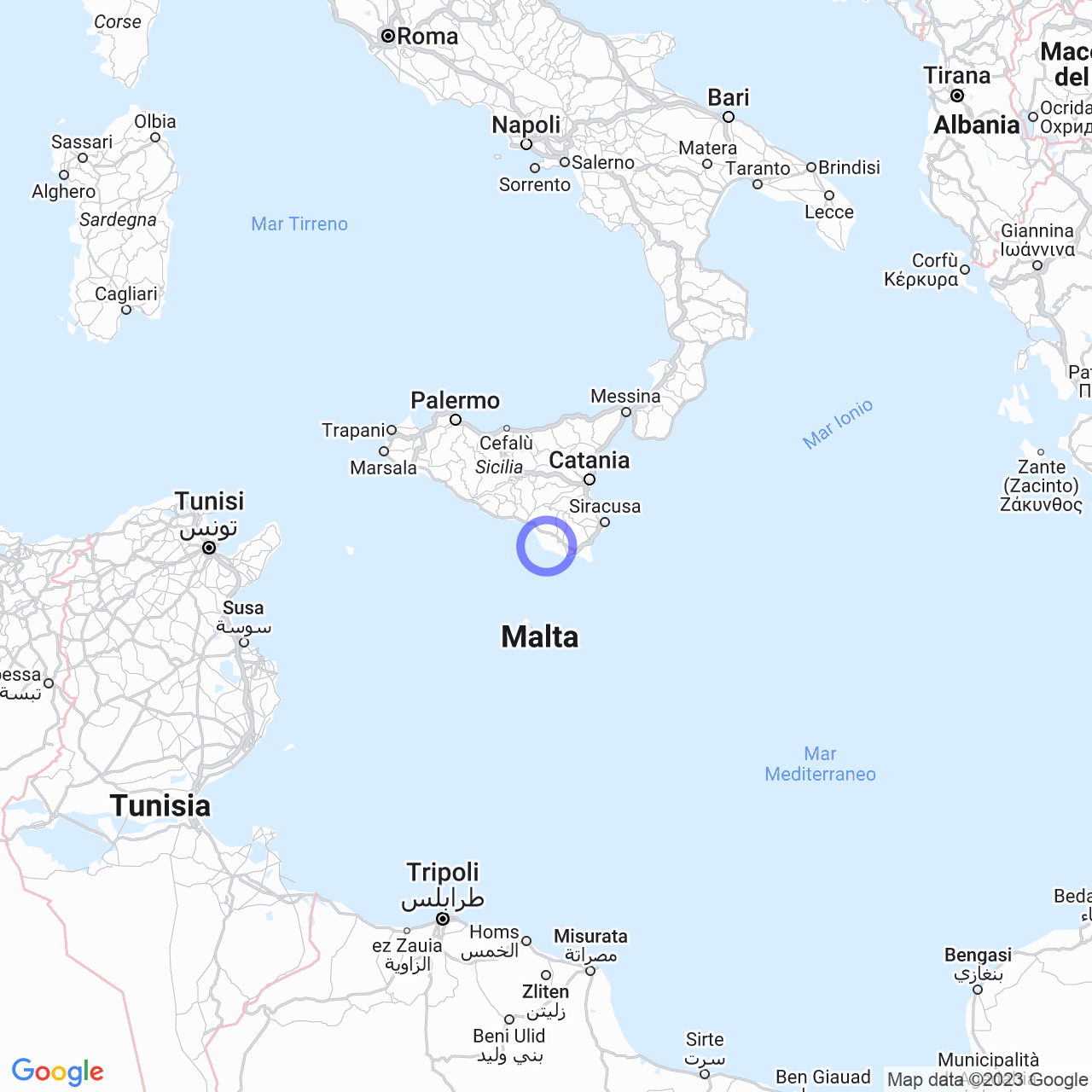Santa Croce Camerina
Santa Croce Camerina: the town on the Sicilian coast
Hello everyone, today I will talk about Santa Croce Camerina, a town in Sicily with a population of around 10,936. The town is located in the province of Ragusa, southwest of the city of Ragusa, only 20 kilometers away. The town overlooks the Strait of Sicily and is adjacent only to the town of Ragusa itself.
The history of Kamarina, the ancient polis
But let's get to the most interesting part: the history of the town. Santa Croce Camerina is the heir of the Syracusan colony of Rovine di Kamarina, founded in the distant year of 598 BC. It was located on the hills overlooking the port at the mouth of the river Ippari and was founded by Syracusan ecists of Corinthian origin, Daskon and Menekleos, who led the settlers. This foundation is attested by the production of a coin with the Corinthian helmet and a Mediterranean palm.
The port of Kamarina was built by draining the pre-existing marsh. This explains the name of the nymph Kama(rina) and the symbol of rebirth with the Swan. Kamarina was originally a colony of Syracuse but developed into an autonomous Polis and in 553 BC rebelled against the mother city, gaining the support of nearby Sicilian populations.
During the rule of Hippocrates of Gela, it was repopulated with Geloan settlers in the year 495 BC. However, Hippocrates' successor, Gelon of the Deinomenids, destroyed the city in 485 BC to expand his power in Syracuse.
In 461 BC, with the fall of the Dinomenids in Syracuse, Kamarina regained its autonomy and freedom. Later, the Polis increased its population by granting citizenship to many exiled Geloans. In 424 BC, Kamarina was assigned by Syracuse as a tributary to the Sicilian-Greek Polis of Morgantina, in exchange for a sum of money.
During the war between Athens and Syracuse, it seems that Kamarina had joined the Athenian cause, as evidenced by the types of various coin emissions. However, the city stepped back when Alcibiades was removed from command of the Athenian army.
Kamarina returned to the Syracuse orbit during the rule of Dionysius I of Syracuse and took part in the symmachy of Dionysius of Syracuse in the year 357 BC. In that year, Dionysius brought his troops to the walls of Syracuse to conquer them but was defeated by his nephew, Dionysius the Younger.
After suffering further setbacks, Kamarina was restored by Timoleon in 338 BC. However, its trade gradually declined during the war between Agathocles of Syracuse and Carthage. From the classical period there are archaeological as well as literary testimonies in Pindar, who dedicated the Olympic Odes IV and V to Psaumide, also mentioned by Torquato Tasso who read and commented on them in the drafting of the Discourses of the Heroic Poem. Kamarina is also mentioned several times in Herodotus and Thucydides, who reports a speech by Hermocrates at the assembly held in Camarina.

Discovering Santa Croce Camerina
Returning to Santa Croce Camerina, you can find numerous attractions that recall its ancient history, such as the historic center with the Church of Santa Maria la Nova and the Scalambri Tower, right next to the ancient colony of Rovine di Kamarina.
Furthermore, you can visit the Kamarina Regional Archaeological Museum, which houses important artifacts such as a precious golden tablet dating back to the archaic period and an extraordinary group of antefixes and architectural decorations.
For nature lovers, there is the Foce dell'Ippari Oriented Nature Reserve, which covers over 160 hectares and is home to numerous species of migratory birds.
Finally, for beach enthusiasts, Santa Croce Camerina offers high cliffs, enchanting bays and equipped beaches, such as Punta Secca Beach, famous for being chosen as the setting for many scenes of the popular TV series Inspector Montalbano.
Conclusions
In conclusion, Santa Croce Camerina is a town with ancient roots that, despite its thousand-year history, continues to surprise visitors with its artistic and natural beauties. I hope that this little journey through history and nature may have piqued your interest and perhaps will give you the incentive to visit this splendid city.
